In the previous section we have briefly mentioned that there are differences between sweet water (no salts) and saline water (with salts) wetting.
Here we are going to look into some of these differences, as understanding them is very important..
Fresh Water Wetting (e.g. Rainwater ingress)
Wetting with fresh water – e.g. rain water ingress – creates a clean, unpolluted water flow with no (or in practice, very low) salt content. Rainwater hits the wall fabric, penetrates it to some extent, then once the rain is over the moisture starts evaporating out of the wall fabric with relative ease as the bonding of moisture to capillary surfaces is not very strong.
Because there are no salts involved during freshwater wetting, there are no crystallizing salts left behind and the masonry will not crumble. Without salts being present, the masonry can undergo hundreds or thousands of wetting and drying cycles without any fabric damages.
Thus, the wetting of the masonry with clean fresh water is harmless, except if the water flow becomes so abundant that it starts washing out salt crystals from the underlying mortar or bricks – then the salt accumulation resulting in damages to the brickwork.
Saline Water Wetting (e.g. Sea spray, Rising damp)
Wetting with saline water – e.g. sea spray, rising damp, chimney leaks etc. – is a completely different matter; with salts in the picture, everything changes.
Salts are solid minerals, which when diluted by water they change their state from solid to liquid. Liquid salts are carried by the water flow up into the brickwork. The ongoing evaporation draws much of the salts to the outer 10-15 mm wall area where they re-crystallize, increasing in volume by 5-10 times (500% – 1,000%). The crystallization pressure can exceed 800 atmospheres, breaking down the plaster, the wall fabric and even concrete – the strongest concrete able to withstand about 550 atmospheres.
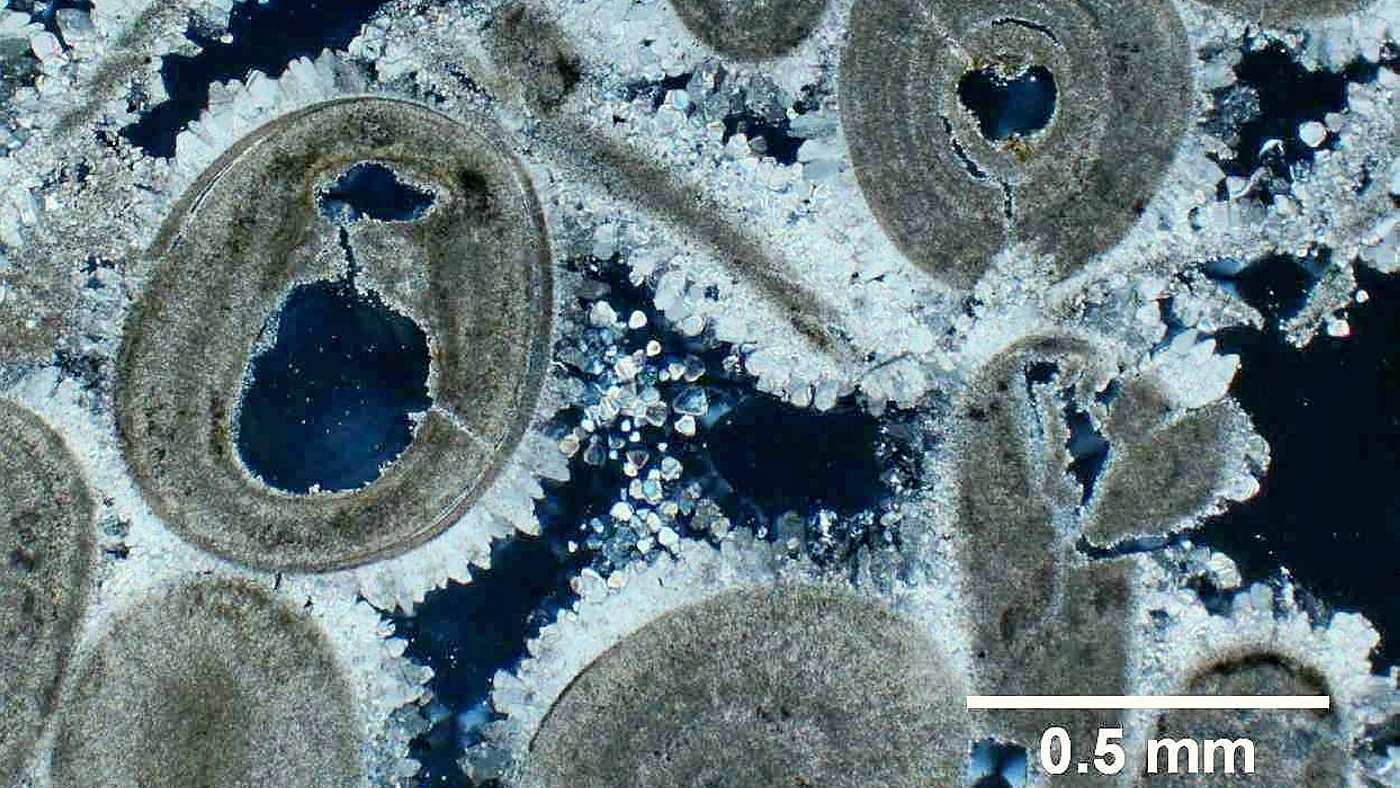
Crystallizing salts inside the masonry
Thus, the wetting of the masonry with saline water (a combination of water and salts) is harmful to the masonry. A significant majority of plaster damages (flaking, crumbling, peeling etc.) are the result of crystallizing salts, not water. Salts are the leading cause behind the premature decay of plastering.
Research Data
The fact that there is a significant difference between the wetting-drying of salty and non-salty masonry, and that fabric decay is primarily caused by salts and not just dampness, can be demonstrated with the following research experiment.

Experimental setup: salty vs non-salty masonry behaviour
Two similar bricks - one salty the other one non-salty - have been subject to several hundreds of wetting-drying cycles during several months in a controlled lab environment. Within a few weeks the salty bricks started flaking and crumbling, leading to significant fabric damage after 3 months, as shown in the photo gallery below.
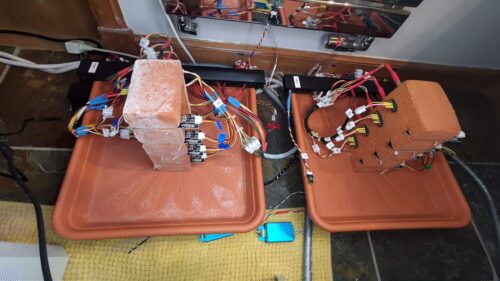
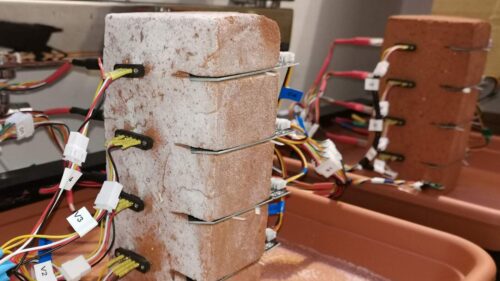
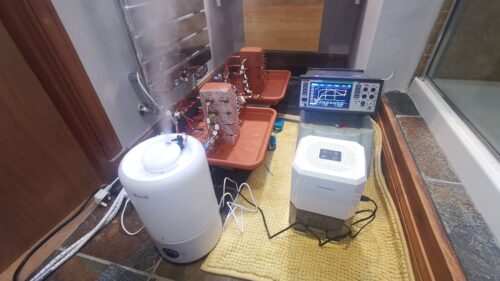
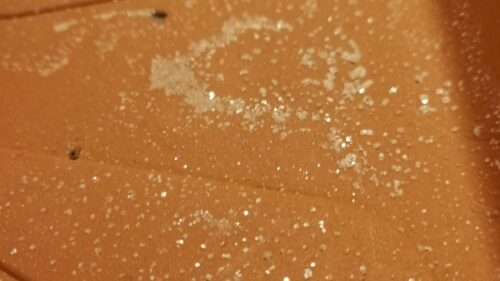
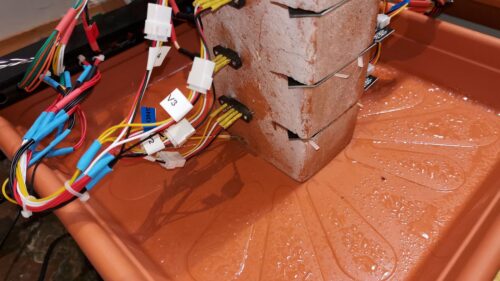
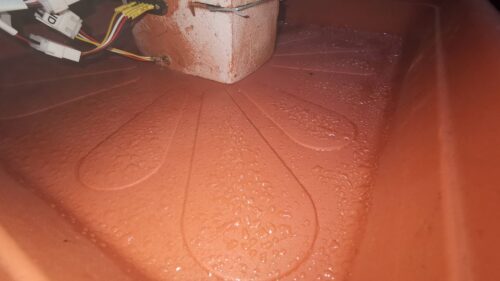
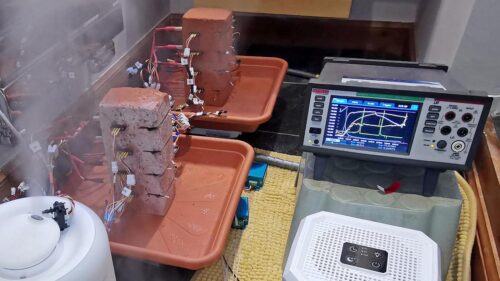
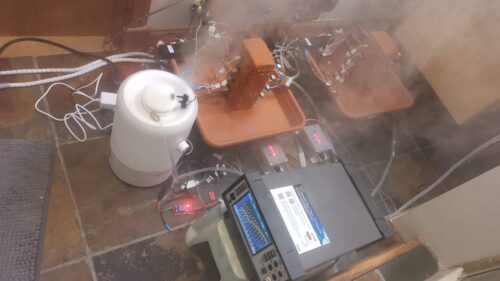
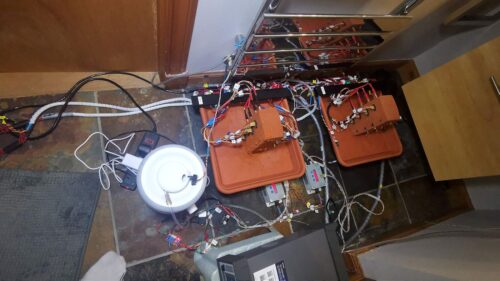
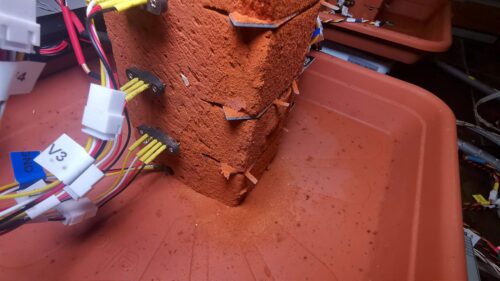
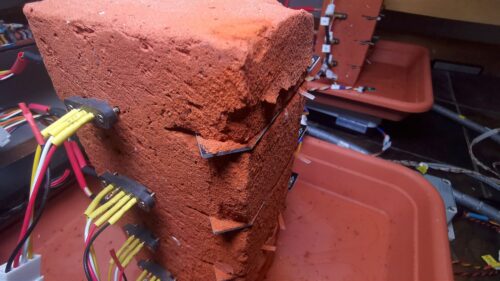
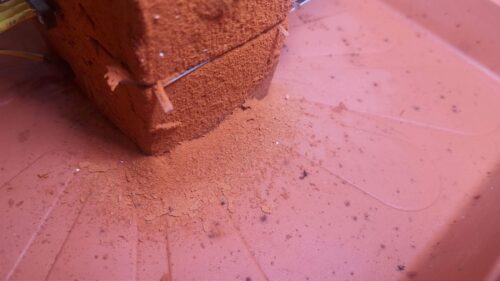
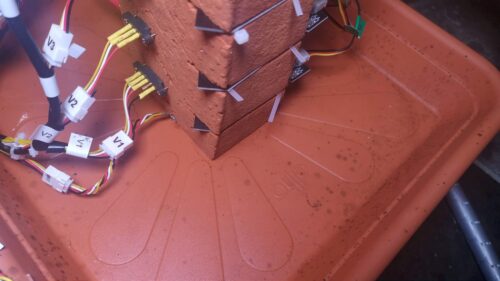
In addition to mechanical damages, the salty and non-salty bricks also have very different properties, both chemical and electrical.
While humidity, during subsequent wetting and drying cycles, can move in-and-out freely of a non-salty masonry (blue band, large movement), humidity variations in a salty wall fabric are significantly less (green band), indicating that a salty wall fabric traps humidity.
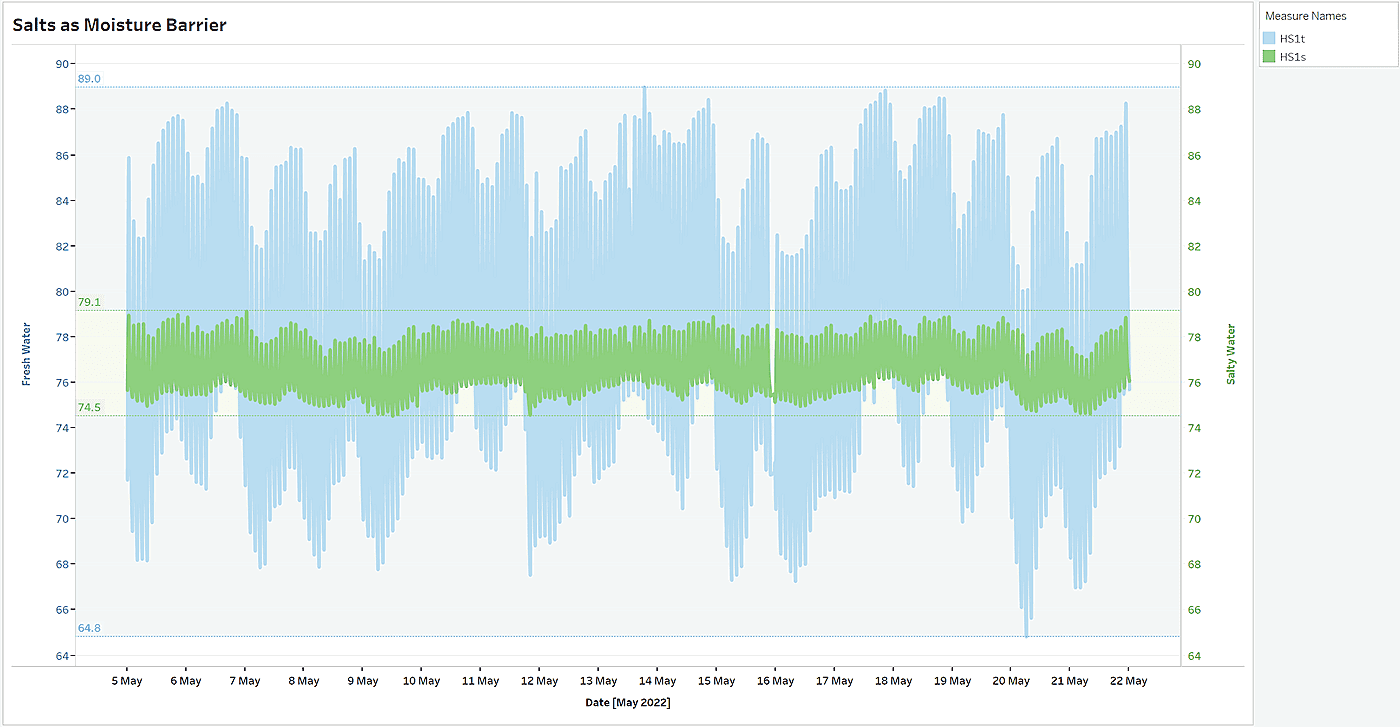
Moisture movement in salty and non-salty bricks
We are going to discuss the drying properties of salty and non-salty bricks in more detail in the next section.



